Growing, Shrinking, and Aging - Columbia Basin-Boundary Regional Population Update
Demographic information is critical for planning – whether you are a non profit, a local government, business, or any other type of organization. “Understanding your population, from numbers to gender to age and beyond, can help inform what services and programs are needed, as well as what challenges may be on the horizon”, says Dr. Sarah Breen with the Columbia Basin Rural Development Institute. “For example, the population in our region is continuing to age. Not only does this mean different services will be needed for an older population, but it means increasing retirements and gaps in our workforce that we need to deal with.”
Recently, Statistics Canada has begun releasing data from the 2016 Census. Using the newest population data the RDI has created an Update on Population Numbers for the Columbia Basin-Boundary. From this new data we see growth in 20 of the 28 municipalities across the region. The map pictured here shows the population change by Electoral Area between 2011 and 2016. Looking at this map, we can see that while the overall regional population is reasonably steady, some areas are growing while others are shrinking.
Beyond Census data, Statistics Canada’s National Household Survey can help us understand our population makeup. For example, the RDI’s 2016 Demographics Trends Analysis used the 2011 National Household Survey to identify people within the region that identify as Aboriginal, including those who identify as First Nations, Metis, or Inuk (Inuit), those with Registered or Treaty Indian Status, and those who report membership in a First Nation or Indian Band. In terms of percent of the population, ~5% of the Columbia Basin-Boundary identifies as Aboriginal, although numbers vary across the region. Again, understanding this type of demographic information can help not only with program development, but with reconciliation efforts.
This new report presents and compares numbers from BC Stats and Statistics Canada, and discusses why and how the two differ. While the gold standard for population data is the Census, no data source is without limitations and the Census is only updated every four years. The makes other data sources, like BC Stat’s population data, helpful for providing annual estimates and future projections.
To view all the available State of the Basin research products visit: http://www.cbrdi.ca/state-of-the-basin/


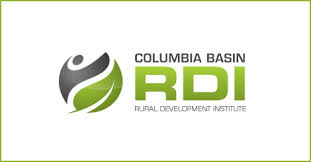


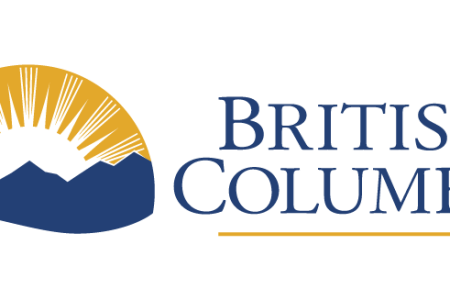



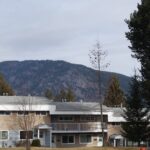

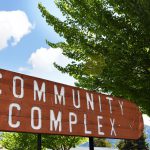








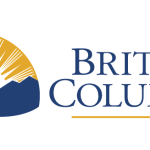




Comments